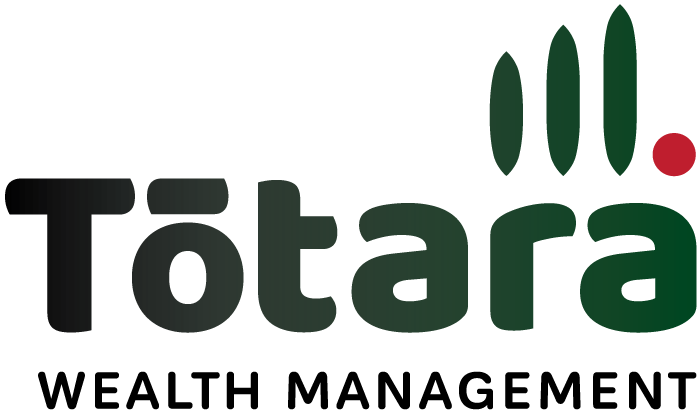Many asset classes have done well for the year to date. Equities have continued to recover from their sell-off late last year; income-oriented asset classes like property (local and global) and infrastructure have been in strong demand; and bonds are also ahead for the year as bond yields have fallen. Looking ahead, the most likely scenario is that the world economy will ‘muddle through’ with ongoing economic growth, though the likely pace of business activity now looks slower than previously expected. Cash and bond yields will remain low and could even fall further. Risks and uncertainty remain high, however, particularly around threats to world trade. In New Zealand, too, the likely immediate economic outlook is for slower growth than previously. The big issue for businesses will be how to grow profits in an economy with slower growth but rising cost pressures for firms.
New Zealand Cash & Fixed Interest
Short-term interest rates have dropped a little: The 90-day bank bill yield is down 0.1% since the start of the year to its current 1.87%. Long-term interest rates have dropped more significantly: The 10-year government bond yield started the year at just under 2.4% and is now 2.05%. The New Zealand dollar is stronger in overall trade-weighted value, having appreciated by 1.5% since the start of the year, with gains across a broad range of currencies.
On its current plans, the Reserve Bank of New Zealand will eventually start raising rates in early 2021, but it has become more of an open question whether the RBNZ might have to provide some earlier stimulus.
Property & Infrastructure
For the year to date, the S&P / NZX All Real Estate Index has recorded a capital gain of 5.6% and a total return including dividends of 6.3%, roughly in line with the 6.5% from the broader share market as a whole.
The A-REITs have handily outperformed equities as a whole, with the sector delivering a total year-to-date return of 12.0% compared with the wider market’s 10.5%.
The same factors have underpinned strong performance for global listed property. For the year to date, the FTSE EPRA/NAREIT Global Index is up 12.3% in terms of net return in U.S. dollars, slightly more than the 10.6% net return from the MSCI World Index.
Listed global infrastructure has performed well so far this year and is well positioned against the current global cyclical outlook.
Australasian Equities
Equities in many countries have been recovering from the big sell-off in the final quarter of last year, and New Zealand shares have continued to benefit from the globally equity-positive environment. For the year to date, the S&P/NZX50 Index is up by 6.2% in capital value and by 6.5% on a total return basis, including dividends.
Australian shares have also continued to benefit from improved global conditions. The S&P/ASX200 Index is up 9.1% in capital value (10.5% including dividends) for the year to date.
While the cyclical economic outlook is still reasonably positive, there have been the odd hints that the momentum of the New Zealand economy may be slowing down. Across the Tasman, the data on the Australian economy have been blowing hot and cold for some considerable time, but the past few weeks have been consistently on the cooler side.
International Fixed Interest
The likelihood that the pace of growth of world economy is slowing down is the main reason for lower bond yields. Slower growth reduces inflationary pressure in a world where central banks were already concerned that inflation was lower than they would like. In response, major central banks have been required, at a minimum, to stop raising interest rates any further in order to support growth and to boost inflation.
International Equities
World shares have continued to recover from the sell-off that occurred late last year. For the year to date, the MSCI World index of developed markets is now up 11.2% (in the markets’ own currencies) and also by 11.2% in U.S. dollar terms (11.6% including taxed dividends).
All the major markets have done well. The tech-oriented Nasdaq market is up 15.2%, and the U.S. market overall is up 12.1%. In Europe, the FTSE Eurofirst300 Index is up 10.9%: the French CAC Index is up 12.2%; and the German DAX is up 9.6%. In Japan, the Nikkei has gained 6.8%, and even in the Brexit-hobbled U.K., the FTSE100 Index is up 6.4% in sterling, with a 4.5% rise in the pound against the U.S. dollar as a cherry on the top.
Emerging markets have also been strongly on the mend. The MSCI Emerging Markets Index is up 8.8% in U.S. dollar terms, and the core BRIC economies have been stronger again, with a 13.2% rise. Of the four core countries, three (Brazil, Russia, China) recorded strong rises, led by China, where the Shanghai Composite Index is now up 21.4% for the year. The fourth (India) managed only a smaller 4.7% gain.
The fundamental economic outlook for global equity performance has not changed, with the prospect of ongoing modest growth for the global economy, albeit overshadowed by considerable uncertainty. The likelihood is that the long post-global-financial-crisis global expansion will carry on “muddling through,” although not as strongly as seemed likely six months ago.
DISCLAIMER: All care has been taken in preparing this information but to the extent that it is based on information received from other parties no liability is accepted by MorningStar or Totara Wealth Management for any errors or omissions. Morningstar and Totara Wealth Management give neither guarantee nor warranty nor make any representation as to the correctness or completeness of the information presented. Past performance is no guarantee of future performance. The material contained on this website is for general information purposes only and is not intended as, nor capable of being, financial advice or advice on any specific problem or any particular situation. Please read our full disclaimer.
